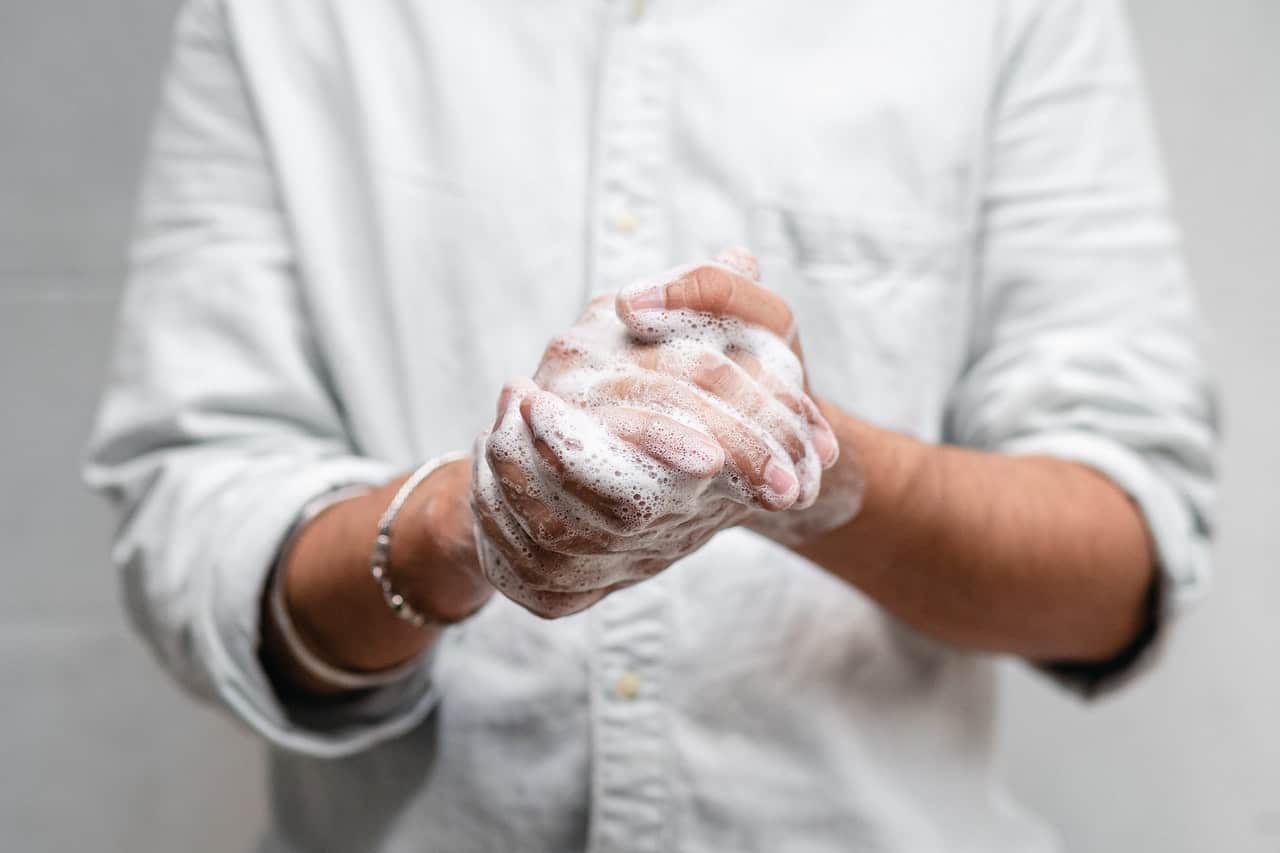
Sponsored article
In our current times, a plethora of diseases of civilization have emerged. One of them can be considered obsessive-compulsive disorder (OCD). It is often underestimated, and its diagnosis and proper treatment will save many problems in the future.
Recently in societies in the 21st century, a common disorder is obsessive compulsive disorder A test by a specialist will diagnose it. However, what exactly is this disorder? Obsessive-compulsive disorder (OCD) is characterized by bouts of unwanted thoughts and fears (obsessions) that lead to repetitive behaviors (compulsions). Obsessions and compulsions interfere with daily functioning and cause great suffering in the long term.
Suppressing your obsessions can only make the problem worse. Your anxiety will continually increase until you end up performing a compulsive activity to relieve the anxiety. Trying to get rid of the intrusive thoughts or urges, or being passive and ignoring them, will lead to them recurring more and more often, resulting in a kind of ritualized behavior, the so-called vicious cycle of OCD.
Obsessive-compulsive disorders often take on a theme, a certain sphere in our lives, e.g., fear of bacteria, viruses, and of infection. In extreme cases, the constant washing of hands to maintain hygiene can lead to damage to the skin of the hands.
In obsessive-compulsive disorder, it is most common to see symptoms of obsession and compulsion at the same time, but there are cases where only symptoms of obsession or only symptoms of compulsion will occur.
How do you recognize the symptom? Obsession becomes apparent when one is affected by repetitive, unwanted, and persistent thoughts, images, and impulses that cause stress or anxiety. Getting rid of them involves performing a compulsive behavior.
Obsessions often have various motives, such as.
Below you will also find examples of signs and symptoms of obsessions, which include:

OCD compulsions are repetitive behaviors that you feel compelled to perform. They are intended to reduce the anxiety associated with your obsessions or to prevent something bad from happening. As mentioned above, engaging in compulsions only provides temporary relief from anxiety.
As with obsessions, we will list the motives for compulsions to better identify them:
Examples of symptoms of compulsion are as follows:
If you suspect you have a personality disorder a test will be a step that can verify this.
There are three causes of OCD: biological, genetic, and learned. Option one may be the result of changes in brain function. Genetic OCD has a genetic component, but the specific gene responsible for the neurosis has not yet been discovered. The learned type is characterized by the fact that the person suffering from the disorder has learned certain behaviors by observing family members or has gradually acquired obsessive-compulsive behaviors over time.
The risk of developing OCD is influenced by family history, having parents or other family members with the disorder, traumatic, stressful events, anxiety, depression, and substance abuse.
Treatment for OCD will not always lead to a complete cure, but it can help manage symptoms in a way that allows you to function in everyday life. There are two main methods: cognitive behavioral psychotherapy (CBT) and medication
CBT involves gradually exposing you to the fear of an object or obsession, such as dirt, and learning ways to resist the temptation to perform compulsive rituals. Preventing exposure and response (ERP) takes an extraordinary amount of effort, but by doing so you will be able to regain joy in your life without worrying about obsessions and compulsions as much. In this era of pandemics, online psychological therapy will be a good option.
Some psychotropic medications can help control obsessive-compulsive disorder. The most common are antidepressants, which are best combined with therapy.
Photo by Ketut Subiyanto/Pexels